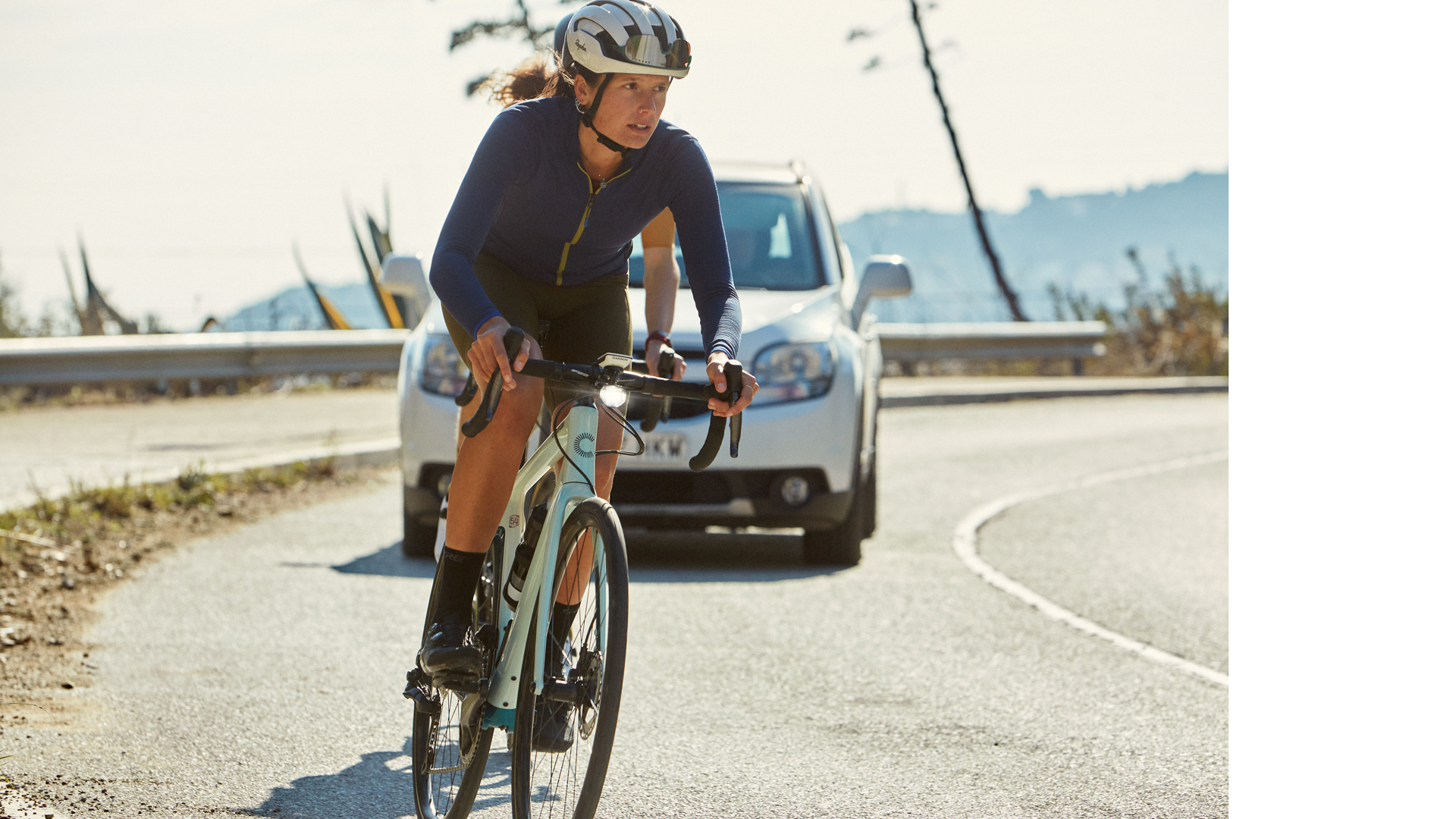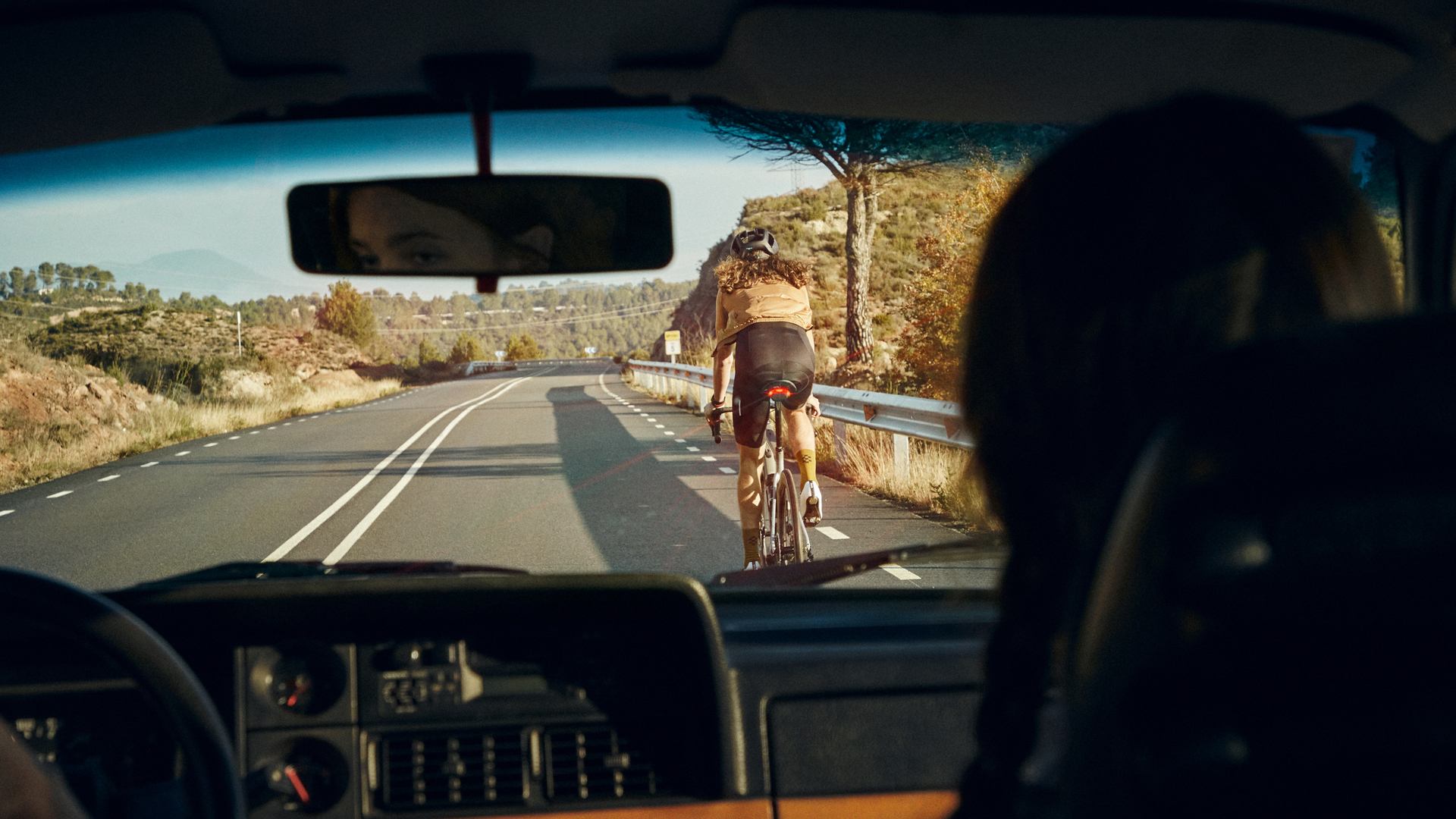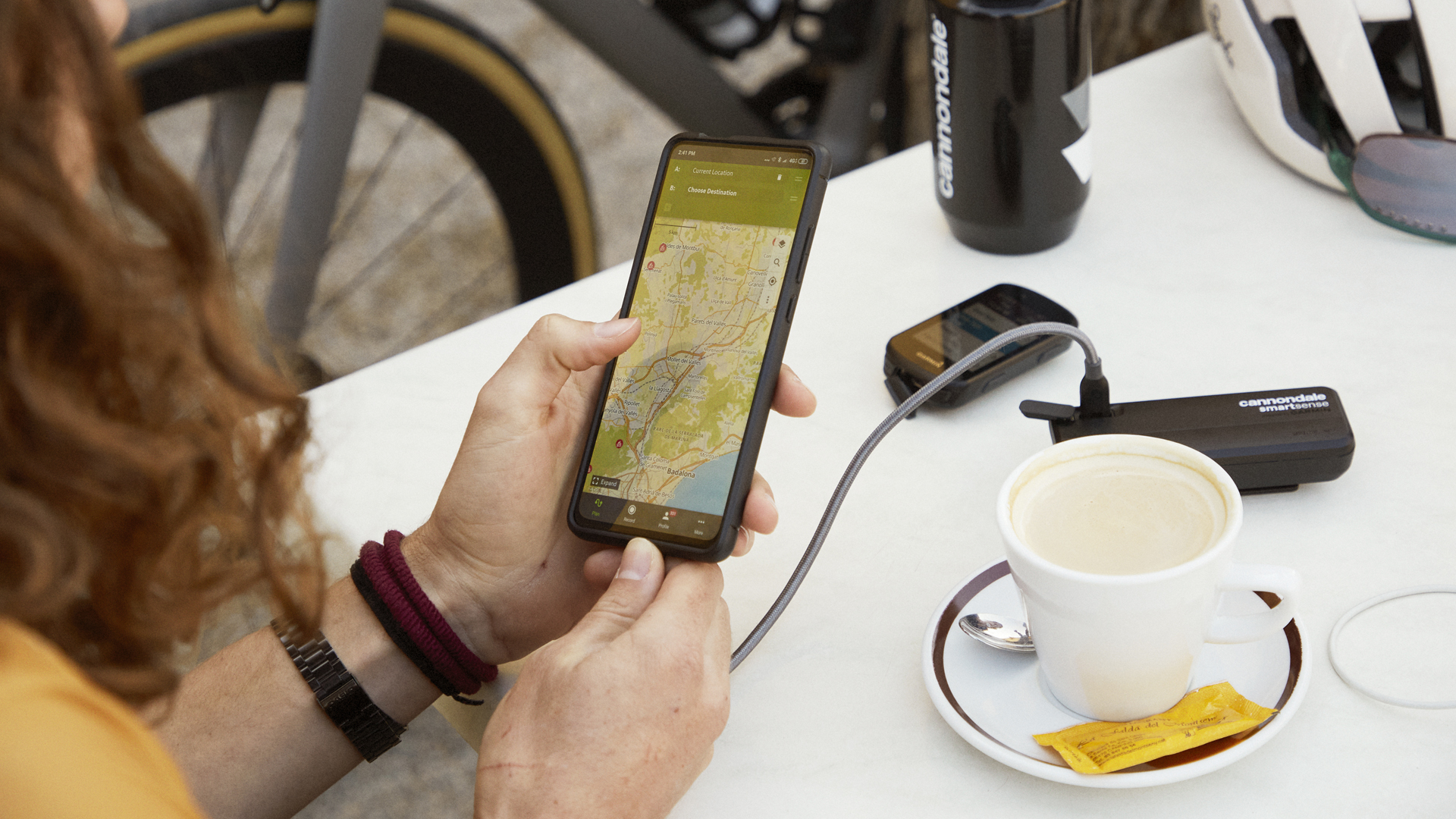Cannondale Synapse looks like the future of cycling – but perhaps not for the road bike hardcore
It's a bike with battery power, integrated lights and radar, an app and the potential for more… but it's not an ebike



The cycling world is rather conservative in many ways, and new developments do not come along very often. Most cyclists have only recently started to accept that ebikes, for instance, are not an abomination before the Lord, and deserving of shunning if not outright banning. The notion of disk brakes has just about caught on, but for many years the idea of brakes that could make a bike stop in less than 15 seconds or so was also deemed to be, essentially, Satanism. So Cannondale is taking a bit of a bold step with the latest version of its versatile and comfortable (by road bike standards) Synapse road bike, as it has all manner of connectivity, and a built-in battery – although it is not an ebike.
Selected versions of the fifth generation Synapse come with an integrated battery pack and the all-new SmartSense system. This isn't to power the bike along. SmartSense instead powers core bike features that would previously all have to be fitted separately and run off their own individual batteries. For version 1.0 of SmartSense, Cannondale has just stuck to lighting and a rear radar system to warn you of oncoming traffic, but the potential uses of such a system are obviously much wider. If the conservative cycling market will accept the idea of instantly upping the headline weight of their bike by bolting a battery to it.
A lot of the best ebikes, aimed at a techy, hipster market are already more or less smartphones on wheels. You've got the Angell ebike with its built in lock and alarm system, GoCycle G4i with its traction control and lighting, and VanMoof S3, which pioneered the app-controlled, multi-functional commuter bike. There are ebikes with crash detection that can contact the emergency services, ones with automatic gearing, ones with advanced screens built in. There are all manner of techno innovations that could eventually make their way to standard bikes via SmartSense or a system like it.

The battery sits just below the water bottle mount
As I say, in the case of the Synapse, the feature set has actually been kept deliberately quite short. However, there are ideas familiar to ebike users, such as using the Bluetooth on your phone, once it has Cannondale's app on it, to power the bike on as you approach it. So the integrated Lezyne lights turn on, the radar – a variation of Gamrin's Varia system – powers up, and you're ready to go.
The lights are designed to be used all day, and can adapt to ambient lighting conditions. So during daylight, they just provide a little extra visibility – always welcome – without draining the battery pack too much. But if you go into a tunnel, or as night falls, the focussed beam boosts up to its full 350 lumens.

The Varia rear radar system is another great safety system. I must admit, when cycling I am perfectly happy to either look over my shoulder or largely ignore what's going on behind me. However, I can see that a radar system would be extremely appealing to a lot of riders. It's also probably the kind of thing where, once you start using a Varia radar, you never want to go back to not using one.
The Varia scans for rear approaching traffic with its radar eye, and alerts you via a system of beeps and lights on the head unit if anything is drawing too near. Apparently it can even tell you how many vehicles are bearing down on you, and at what speed. This could be useful in preventing accidents but it is probably more useful for general reassurance. It could help make car owners feel more loved, if you are cycling side-by-side with a pal, and use the radar as a cue to move back to single file. Your good deed for the day.
Get all the latest news, reviews, deals and buying guides on gorgeous tech, home and active products from the T3 experts

The Varia radar will let you know how far this car is up your wazoo
For now, that is the extent of the SmartSense system's powers. However there are junction boxes on its integrated wiring that could be used to add further devices – bike computers being the obvious example.
I could see this system really coming to fruition on a more urban-commuter kind of bike, where keeping the weight down is less of an obsession. As it stands, the battery is only enough to power everything for a few hours, so you will have to charge it every day – admittedly this is not a huge hardship. Interestingly, you can't use it as the main or even backup battery for Di2 electronic gear shifting, if you go for that option.
Cannondale says that the integrated power supply means the lights and radar weigh 35g less than if you installed it all separately, so that is a good plus point for the MAMILs.
UPDATE: Well, sure enough, comments on a Youtube story on the Synapse by our sister title for MAMILS, Cycling Weekly, were along these lines: 'I've got my own lights thanks', 'I hate this, you bastards' and 'WTF is this LOL'. I'm paraphrasing, but they weren't very positive in a number of cases. You can read Cannondale's (remarkably polite, considering) response here.

You can also recharge your phone with the SmartSense battery, although only once it's off the frame
Well anyway, that aside, none of this innovation would matter much if the Synapse wasn't also a great bike to ride, but it is. Our chums at Cycling Weekly took it for a first ride recently and they seemed to like it. This bike builds on 15 years of learnings from the Synapse lineage and while the idea of a road bike that is actually comfortable to ride is no longer a mind-blowing one, I have no doubt that the Synapse is a lot of fun to ride, and also no doubt able to shift like a slippery eel when it's required to, and get you up hills sans cardiac arrest.
Simon Smythe of Cycling Weekly was most impressed by SmartSense, however, calling it 'a game changer', no less. I agree that there is huge potential in this idea and I can't wait to see where Cannondale takes it in the years to come.
Cannondale Synapse: pricing

The new Cannondale Synapse will be available in 4 carbon models, priced £2,400 to £9,000 ($2,400 to $9,000 in the USA) in sizes 48 to 61.
SmartSense will be featured on carbon models 1, 2, and 3 with a selection of radar, lights and electronic shifting denoted by R, L and E in the model name.

Duncan is the former lifestyle editor of T3 and has been writing about tech for almost 15 years. He has covered everything from smartphones to headphones, TV to AC and air fryers to the movies of James Bond and obscure anime. His current brief is everything to do with the home and kitchen, which is good because he is an excellent cook, if he says so himself. He also covers cycling and ebikes – like over-using italics, this is another passion of his. In his long and varied lifestyle-tech career he is one of the few people to have been a fitness editor despite being unfit and a cars editor for not one but two websites, despite being unable to drive. He also has about 400 vacuum cleaners, and is possibly the UK's leading expert on cordless vacuum cleaners, despite being decidedly messy. A cricket fan for over 30 years, he also recently become T3's cricket editor, writing about how to stream obscure T20 tournaments, and turning out some typically no-nonsense opinions on the world's top teams and players.
Before T3, Duncan was a music and film reviewer, worked for a magazine about gambling that employed a surprisingly large number of convicted criminals, and then a magazine called Bizarre that was essentially like a cross between Reddit and DeviantArt, before the invention of the internet. There was also a lengthy period where he essentially wrote all of T3 magazine every month for about 3 years.
A broadcaster, raconteur and public speaker, Duncan used to be on telly loads, but an unfortunate incident put a stop to that, so he now largely contents himself with telling people, "I used to be on the TV, you know."